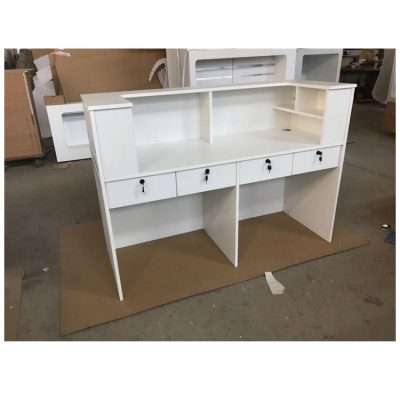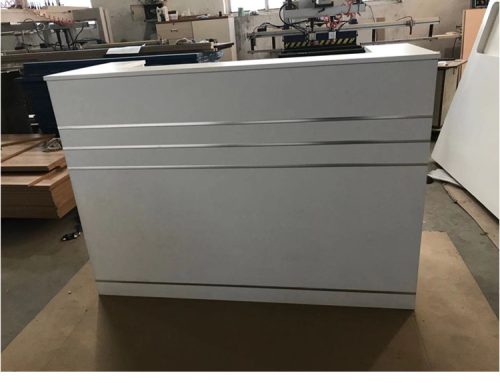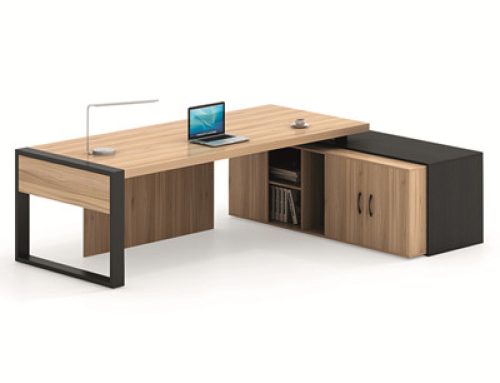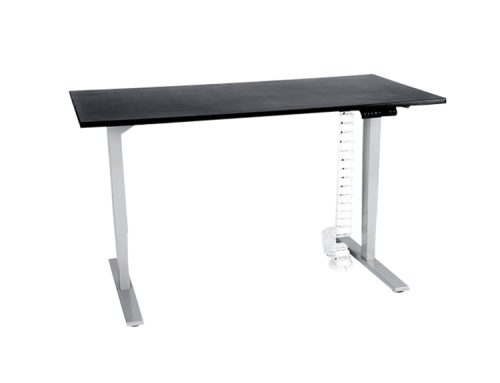The science of ergonomic boss chairs revolves around designing chairs that prioritize the well-being and productivity of individuals by considering human anatomy, movement, and comfort. These chairs are engineered to provide optimal support, encourage healthy posture, and reduce the risk of discomfort or musculoskeletal issues that can arise from extended periods of sitting. Here’s a breakdown of the key components and principles behind the science of ergonomic boss chairs:
- Anthropometrics and Biomechanics: Ergonomic chairs are designed based on the principles of anthropometrics, which is the study of human body measurements and proportions. Biomechanics, on the other hand, studies the interactions between the body’s mechanics and external forces. Ergonomic boss chairs incorporate these principles to accommodate various body shapes and sizes, supporting natural movements and minimizing strain.
- Adjustability: Ergonomic chairs are highly adjustable to cater to individual preferences. Features like adjustable seat height, armrest height, backrest recline, lumbar support, and headrest help users find their ideal sitting position, ensuring that the chair adapts to their unique needs.
- Lumbar Support: The lumbar region of the spine has a natural inward curve. Ergonomic boss chairs provide adjustable lumbar support to maintain this curve, preventing slouching and reducing pressure on the lower back.
- Seat Design: The seat of an ergonomic chair is contoured to distribute weight evenly, reducing pressure points. It typically features a waterfall edge to prevent pressure on the thighs and improve circulation.
- Armrests: Adjustable armrests ensure that your arms and shoulders are properly supported, reducing strain on the neck and upper body. They also allow you to position your arms comfortably when typing or using a mouse.
- Headrests: Some ergonomic chairs include headrests to support the head and neck, especially during brief moments of relaxation or contemplation.
- Movement and Flexibility: Ergonomic boss chairs promote movement while sitting. They often feature a swivel base and smooth-rolling casters, allowing users to rotate and move around their workspace without straining.
- Material and Padding: High-quality materials, such as breathable mesh or plush upholstery, enhance comfort and ventilation. The padding is designed to provide support without being too soft or too firm.
- Natural Posture: Ergonomic chairs encourage an open-angle posture at the hips, with the feet flat on the floor. This posture aligns the spine in its natural curve and reduces pressure on the back.
- Preventing Forward Head Posture: The design of ergonomic chairs discourages forward head posture, a common issue in office settings that can lead to neck and shoulder pain.
- Fatigue Reduction: By supporting the body in a balanced and comfortable manner, ergonomic boss chairs minimize muscle fatigue and discomfort, enabling users to remain focused and productive for longer periods.
- Health Benefits: Proper ergonomic design contributes to overall health by reducing the risk of issues like back pain, neck strain, and musculoskeletal disorders associated with prolonged sitting.
- Research and Development: The science of ergonomic boss chairs is backed by extensive research and testing. Manufacturers use data from biomechanical studies and user feedback to continually refine chair designs for optimal comfort and performance.
The science of ergonomic boss chairs is a multidisciplinary field that combines principles from anatomy, physiology, engineering, and design to create chairs that promote health, comfort, and productivity in the workplace. By aligning with these principles, ergonomic boss chairs empower individuals to work efficiently and comfortably, fostering a positive and productive work environment.






